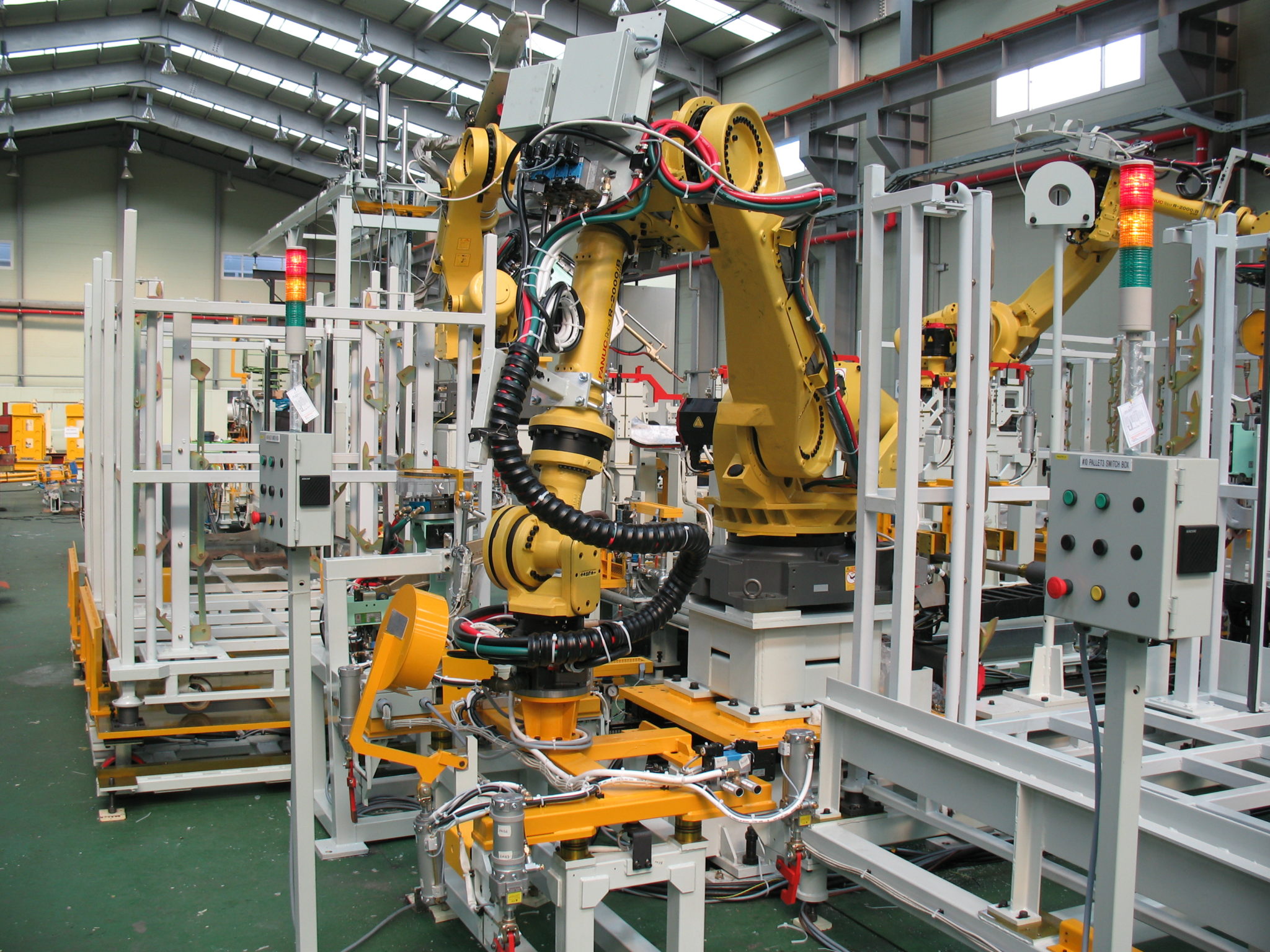Cobots and robots have slowly earned their place in different industries, including job shops. Job scheduling in robot job shops is challenging.
Most low volume, high mix manufacturers often find it hard to achieve consistent workflow for robots.
A job shop is a term used to describe an industrial environment that does not have a consistent machine sequence. Job shops are often common in a manufacturing environment with low volume and high mix products.
The absence of a consistent machine sequence can prove to be problematic if you are thinking about adding robots as they are mostly best for an environment with consistent machine operations. While cobots can reduce the challenge, it is not possible for them to completely eliminate it.
It is important to be aware of potential job scheduling in job shop environments as this helps you to prepare the best way to tackle this problem.
What makes job scheduling hard
Without a proper manufacturing schedule, jobs are passed through shop floor operations only when they are needed. This is what makes job shops flexible even though it also means that it is impossible to tell when a job will be complete. This is a significant scheduling problem which has been the topic for researchers for many years.
The common problem in job shop scheduling
These are the most common issues that arise when it comes to job scheduling.
Minimum delay or transportation
In job shops, transportation is used to refer to the time it takes to move a product from one machine to the other. It is seen as a challenge because of the extra constraint it adds to the schedule. The next machine operation cannot be started unless the precious machine’s operation time has passed. Also, the time needed for transportation varies mostly depending on the distance between two machines. This makes the scheduling inconsistent.
Transportation time is also used to refer to delays that occur when there are delays between different steps of processing. It is possible for transportation time in job shops to take place when:
- Robots are transferring products from one step of the manufacturing process to the next.
- The robot application needs a scheduled minimum time for cooling or heating of products between manufacturing processes. This is especially common in food production.
- The production process includes a minimum set time.
In essence, almost every real-world application requires transportation time during different processing stages. It is therefore important to include these times in the scheduling.
Maximum delay or no-wait
This is the opposite of transportation time. In a no-wait constraint, the delay experienced during different processing steps should not be more than the maximum time for the operation. The operation that follows next is required to start before the expiration of the maximum wait time otherwise the productions will be ruined.
The no-wait constraint is usually common in processes where products are required to maintain a workable condition. No-wait constraint instances include:
- Applications where an operation needs to be concluded before the occurrence of chemical reactions. Examples included in processes such as polymer hardening and cement setting.
- Products that need to remain at a certain temperature as they are being worked on. Examples include cold ice cream and hot metal processes.
- In applications where product quality and integrity may be compromised by airborne contaminants. Examples include electronics static interference or food contaminations.
- In processes where products consistently move conveyor belts. Here, the robot or operator can’t determine when products enter or exit the operation.
No-wait constraint conditions are very restrictive and thus make scheduling very difficult.
Blocking
Blocking refers to the time when an operation is stopped before the product passes to the next operation. It refers to processes where there is the absence of buffers between operations. Examples include in piles of work or boxes in progress.
A good instance is when a robot is expected to move a CNC lathe part to a milling machine without putting the part down. This robot is expected to wait until the milling machine finishes its operation before it moves the lathe part. This is what is considered as blocking constraint. This, in turn, causes deadlocks which presents a problem in scheduling.












